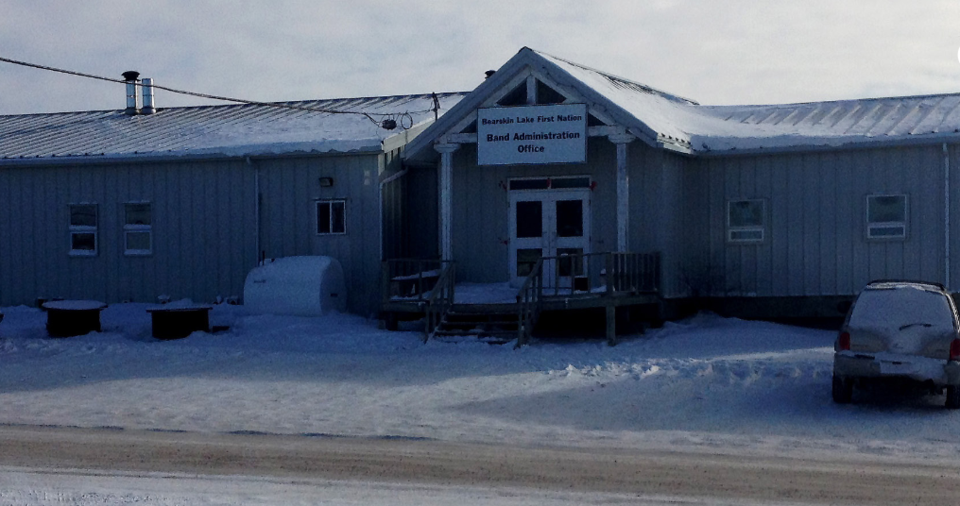BEARSKIN LAKE FIRST NATION -- Bearskin Lake First Nation has declared a state of emergency as it confronts a rapidly growing COVID-19 outbreak.
With 43 cases reported as of Thursday in the roughly 350-person community, and most still waiting to be tested, leaders said they feared health and other services would be compromised as a growing number of essential workers were directed to isolate.
The two nurses in the community are overwhelmed by demand for testing and support, said Charles Fox, a Bearskin Lake member and former NAN grand chief who is assisting with the response.
Nursing staff had not been affected by the outbreak, said Fox, but support staff who provide supports like translation and transportation were.
The First Nation, located about 400 kilometres north of Sioux Lookout, is expecting more nurses – as many as seven – to arrive Friday, thanks to support from Indigenous Services Canada.
No one had been hospitalized as of Thursday morning, but with only a few dozen of the community’s 120 households having received results so far, leaders worry the worst is yet to come.
The First Nation is “expecting that the number of COVID-19 positive cases will dramatically increase over the coming hours and days,” according to the declaration of emergency signed by Chief Lefty Kamenawatamin.
The situation prompted the First Nation to order a lockdown on Dec. 28, the day cases were first detected using rapid tests. Those who have not tested positive are asked to leave their homes only for essential supplies, and only essential travel in and out of the First Nation is allowed.
Members are typically sent to Sioux Lookout for medical care, or to Thunder Bay or Winnipeg for more specialized treatment.
Kamenawatamin said the community needs not just health reinforcements, but help with things maintaining social services and delivering supplies like firewood and bottled water, which the community relies on.
“We need outside support,” he said. “There are children and even babies that are sick, and we have no monitors to go and check [on people]. Nurses are busy, and there are people who are running out of food.”
It’s also reaching out to organizations including the Sioux Lookout First Nations Health Authority, Windigo Chiefs Council, and Nishnawbe Aski Nation for human resources and other support.
In the meantime, staff and community members are mobilizing to support those most vulnerable to COVID-19 to isolate, though housing shortages will complicate that task.
“We’re identifying the vulnerable – the elderly and the children, the unvaccinated, and those with underlying conditions,” Fox said.
Kamenawatamin said the community had a “good’ vaccination rate he believed had exceeded 80 per cent among the adult population, but couldn’t immediately confirm numbers.
“Most of the adults, we’re double- and triple-vaccinated,” he said.
Vaccinations for children five to 11 took place in December, while booster shots had been offered in November.
